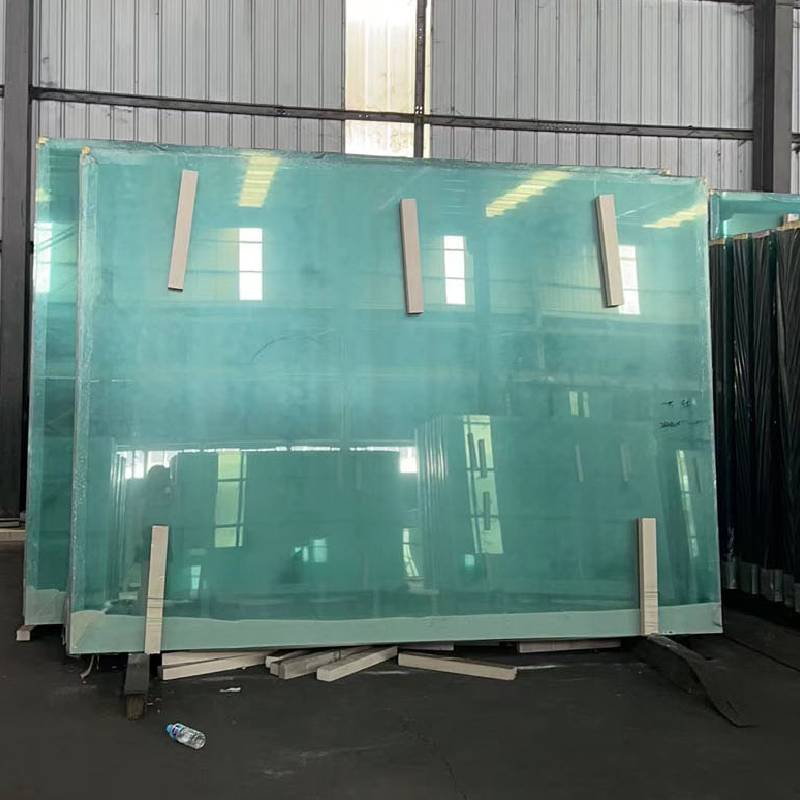Low Iron Glazing A Clear Choice for Modern Architecture
In the realm of architecture and design, the quest for clarity and aesthetics has led to the development of various materials that enhance the visual appeal of buildings. Among these, low iron glazing has emerged as a popular choice for architects and builders seeking to maximize light while minimizing distortion. This article explores the characteristics, benefits, and applications of low iron glazing, shedding light on its significance in modern architecture.
What is Low Iron Glazing?
Low iron glazing, also known as low-iron glass, is a type of glass that contains significantly less iron oxide than standard glass. The presence of iron in conventional glass gives it a greenish tint, which can distract from the beauty of the materials it surrounds. In contrast, low iron glazing offers a near-crystal clear appearance, allowing for greater light transmission and a more accurate representation of colors. This clarity is achieved through a refining process that reduces impurities, particularly iron, resulting in glass that is over 90% transparent.
Benefits of Low Iron Glazing
1. Enhanced Light Transmission One of the primary advantages of low iron glazing is its ability to allow more natural light to enter a space. With light transmission rates approaching 92%, it creates bright, airy interiors that can drastically reduce the need for artificial lighting during the day. This not only enhances the aesthetic appeal of a building but also contributes to energy savings.
2. Color Accuracy The clarity of low iron glazing ensures that colors remain true to their original hue. This quality is particularly important in environments where visual perception is critical, such as art galleries, museums, and retail spaces. Low iron glass allows artworks and products to be presented in the best light possible, free from unwanted color distortion.
3. Architectural Versatility Low iron glazing is available in various thicknesses and can be fabricated into different forms, including laminated and insulated glass units. This versatility makes it suitable for a wide range of applications, from residential homes to commercial skyscrapers. Its aesthetic appeal and functionality enable architects to design facades that are both striking and energy-efficient.
low iron glazing
4. Eco-Friendly Building Material The use of natural light maximized by low iron glazing can lead to reduced energy consumption, making it an eco-friendly choice. Buildings utilizing this type of glazing often qualify for green building certifications, as they promote sustainable design principles. Furthermore, advanced manufacturing processes have made low iron glass more sustainable by reducing waste and energy use during production.
5. Safety and Security Low iron glazing can be combined with various safety features, such as tempered or laminated glass, to enhance security and protect occupants. This combination is particularly important in areas prone to extreme weather or where building security is a concern.
Applications of Low Iron Glazing
Low iron glazing is increasingly being used in various architectural contexts. In residential buildings, it can create stunning views and make spaces feel more expansive. In commercial settings, this type of glass is often employed in storefronts and office buildings, where clarity and light are essential to creating inviting atmospheres.
Moreover, low iron glazing is a popular choice in museums and galleries, where it allows art pieces to be displayed without color distortion, providing visitors with an authentic experience. Its utilization in modern skyscrapers not only adds to the aesthetic value but also aids in achieving energy-efficient designs by maximizing natural light intake.
Conclusion
In an age where sustainability and aesthetics go hand in hand, low iron glazing stands out as a glass solution that meets the demands of both. Its superior clarity, energy efficiency, and aesthetic versatility make it a prime choice for architects aiming to create spaces that are not only functional but also visually stunning. By harnessing the power of natural light and enhancing color fidelity, low iron glazing continues to shape the future of architectural design, paving the way for brighter and more beautiful built environments. As modern architecture evolves, the reliance on materials like low iron glazing is set to rise, promising transformative impacts on how we perceive and interact with our spaces.
 Afrikaans
Afrikaans  Albanian
Albanian  Amharic
Amharic  Arabic
Arabic  Armenian
Armenian  Azerbaijani
Azerbaijani  Basque
Basque  Belarusian
Belarusian  Bengali
Bengali  Bosnian
Bosnian  Bulgarian
Bulgarian  Catalan
Catalan  Cebuano
Cebuano  Corsican
Corsican  Croatian
Croatian  Czech
Czech  Danish
Danish  Dutch
Dutch  English
English  Esperanto
Esperanto  Estonian
Estonian  Finnish
Finnish  French
French  Frisian
Frisian  Galician
Galician  Georgian
Georgian  German
German  Greek
Greek  Gujarati
Gujarati  Haitian Creole
Haitian Creole  hausa
hausa  hawaiian
hawaiian  Hebrew
Hebrew  Hindi
Hindi  Miao
Miao  Hungarian
Hungarian  Icelandic
Icelandic  igbo
igbo  Indonesian
Indonesian  irish
irish  Italian
Italian  Japanese
Japanese  Javanese
Javanese  Kannada
Kannada  kazakh
kazakh  Khmer
Khmer  Rwandese
Rwandese  Korean
Korean  Kurdish
Kurdish  Kyrgyz
Kyrgyz  Lao
Lao  Latin
Latin  Latvian
Latvian  Lithuanian
Lithuanian  Luxembourgish
Luxembourgish  Macedonian
Macedonian  Malgashi
Malgashi  Malay
Malay  Malayalam
Malayalam  Maltese
Maltese  Maori
Maori  Marathi
Marathi  Mongolian
Mongolian  Myanmar
Myanmar  Nepali
Nepali  Norwegian
Norwegian  Norwegian
Norwegian  Occitan
Occitan  Pashto
Pashto  Persian
Persian  Polish
Polish  Portuguese
Portuguese  Punjabi
Punjabi  Romanian
Romanian  Russian
Russian  Samoan
Samoan  Scottish Gaelic
Scottish Gaelic  Serbian
Serbian  Sesotho
Sesotho  Shona
Shona  Sindhi
Sindhi  Sinhala
Sinhala  Slovak
Slovak  Slovenian
Slovenian  Somali
Somali  Spanish
Spanish  Sundanese
Sundanese  Swahili
Swahili  Swedish
Swedish  Tagalog
Tagalog  Tajik
Tajik  Tamil
Tamil  Tatar
Tatar  Telugu
Telugu  Thai
Thai  Turkish
Turkish  Turkmen
Turkmen  Ukrainian
Ukrainian  Urdu
Urdu  Uighur
Uighur  Uzbek
Uzbek  Vietnamese
Vietnamese  Welsh
Welsh  Bantu
Bantu  Yiddish
Yiddish  Yoruba
Yoruba  Zulu
Zulu 

